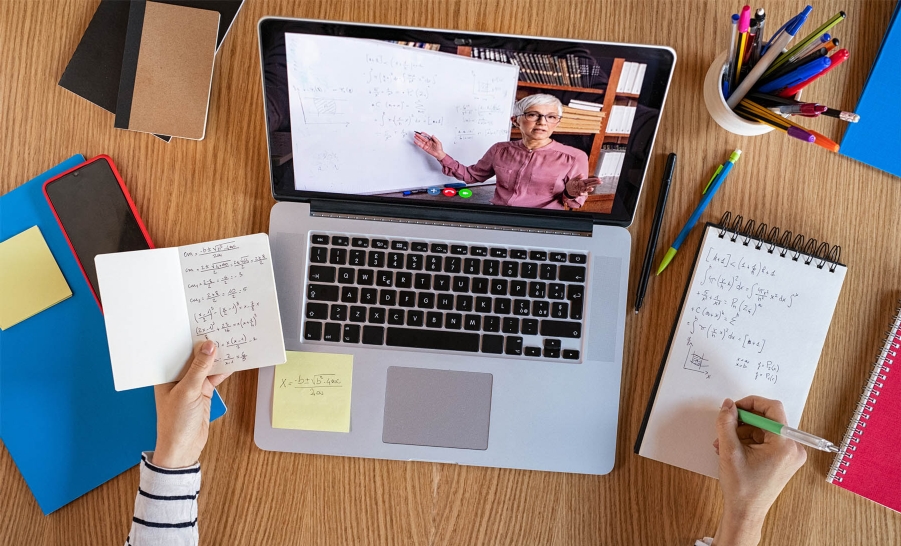Three Ideas for Post-Coronavirus Educational Recovery
There are many ways that schools can proactively address the inevitable and inequitable gaps caused by coronavirus-related school closures.
Ortiz-Rodríguez et al. / Journal of Chemical Education / November 2021

The shift to remote teaching induced by the COVID-19 pandemic has increased pre-existing academic disparities in the student community, augmenting the disadvantages for students who already experience opportunity gaps. This work describes the implementation of an online chemistry co-class focused on providing educational and social support to first-generation, low-income underrepresented students enrolled in a General Chemistry course at the University of California Davis. The co-class offered concurrently with the General Chemistry course aimed to address the academic disparities induced by remote learning and the loss of classroom community during isolation. Students in the co-class were prepared academically in a smaller setup than their General Chemistry course (10–20 vs 500–600 students), which facilitated their engagement and participation in academic and community-building activities. Results from Fall 2020–Spring 2021 quarters show that students who participated in the CHE 98 co-class obtained higher grades in general, where 61% of the students received a C+ or higher in the General Chemistry course, compared to only 47% for the comparison group. Students also identified having a network of support as one of the class’s strengths and had an interest in taking a similar course again. Our results highlight that providing an educational environment that is inclusive, culturally responsive, and supportive could promote equity among the student community and have a positive influence on underrepresented student retention in STEM. Therefore, the strategies discussed herein could be applied to develop analogous courses in remote and in-person teaching environments.